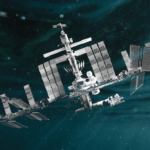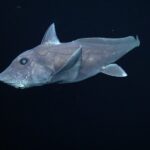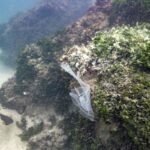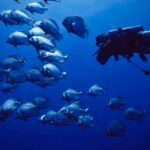After more than two decades of scientific service, the International Space Station (ISS) is expected to be retired in 2031. The ISS has allowed for extensive understanding of earth and humans thus transforming our
After more than two decades of scientific service, the International Space Station (ISS) is expected to be retired in 2031. The ISS has allowed for extensive understanding of earth and humans thus transforming our




